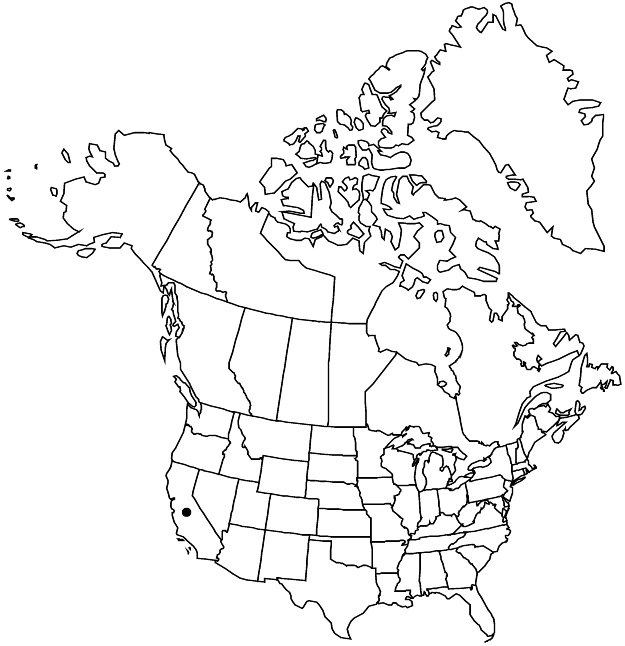Difference between revisions of "Limonium arborescens"
Revis. Gen. Pl. 2: 395. 1891.
FNA>Volume Importer |
FNA>Volume Importer |
(No difference)
| |
Revision as of 20:07, 24 September 2019
Leaves all in basal rosettes, living at anthesis, sessile or with very short petiole; blade entire, oblanceolate, 15–35 × 5–10 cm, leathery, base tapered gradually to narrow or broad wing, margins entire, apex rounded, cuspidate, cusp 1–2 mm, soon falling; main lateral veins pinnate. Inflorescences: axes broadly 2–3-winged, to 100+ cm × 8 mm, glabrous or pubescent (hairs ca. 0.2 mm), wings to ca. 7 mm wide, leaflike, net-veined, variable in width, interrupted at branch points, leaflike appendages absent; nonflowering branches absent; spikelets moderately to densely aggregated at tips of branches, internodes mostly 3–8 mm; subtending bracts 5–7 mm, acute to truncate at tips, margins and surfaces glabrous or often densely pubescent or fimbriate; flowers 1–2 per spikelet. Flowers: calyx blue-purple in distal 1/2, with reddish brown, short-pubescent ribs, funnelform; tube 5–6 mm, expanded portion 5–7 mm, lobes indistinct, glabrous; petals whitish, barely exceeding calyx.
Phenology: Flowering Mar–Oct.
Habitat: Disturbed urban areas, coastal lagoons, roadsides, dunes, vacant lots
Elevation: 0 m
Distribution

Calif., Atlantic Islands (Canary Islands).
Discussion
Selected References
None.